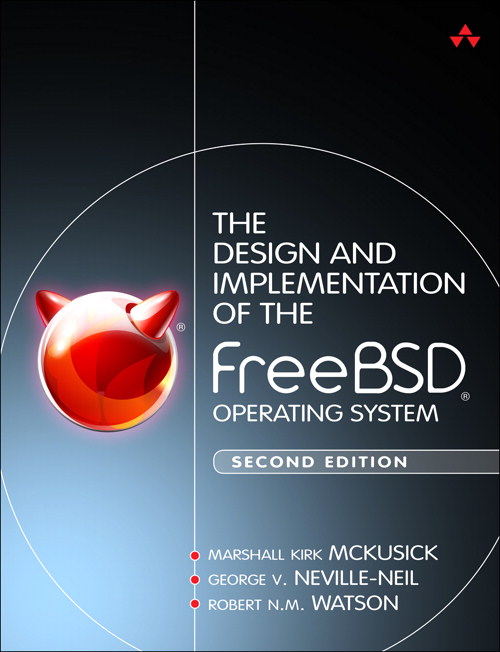
Now available: The Design and Implementation of the FreeBSD Operating System (Second Edition)
[ source navigation ] [ diff markup ] [ identifier search ] [ freetext search ] [ file search ] [ list types ] [ track identifier ]
FreeBSD/Linux Kernel Cross Reference
sys/contrib/device-tree/Bindings/input/hid-over-i2c.txt
Version:
- FREEBSD - FREEBSD-13-STABLE - FREEBSD-13-0 - FREEBSD-12-STABLE - FREEBSD-12-0 - FREEBSD-11-STABLE - FREEBSD-11-0 - FREEBSD-10-STABLE - FREEBSD-10-0 - FREEBSD-9-STABLE - FREEBSD-9-0 - FREEBSD-8-STABLE - FREEBSD-8-0 - FREEBSD-7-STABLE - FREEBSD-7-0 - FREEBSD-6-STABLE - FREEBSD-6-0 - FREEBSD-5-STABLE - FREEBSD-5-0 - FREEBSD-4-STABLE - FREEBSD-3-STABLE - FREEBSD22 - l41 - OPENBSD - linux-2.6 - MK84 - PLAN9 - xnu-8792
SearchContext: - none - 3 - 10
SearchContext: - none - 3 - 10
1 * HID over I2C Device-Tree bindings 2 3 HID over I2C provides support for various Human Interface Devices over the 4 I2C bus. These devices can be for example touchpads, keyboards, touch screens 5 or sensors. 6 7 The specification has been written by Microsoft and is currently available here: 8 http://msdn.microsoft.com/en-us/library/windows/hardware/hh852380.aspx 9 10 If this binding is used, the kernel module i2c-hid will handle the communication 11 with the device and the generic hid core layer will handle the protocol. 12 13 Required properties: 14 - compatible: must be "hid-over-i2c" 15 - reg: i2c slave address 16 - hid-descr-addr: HID descriptor address 17 - interrupts: interrupt line 18 19 Additional optional properties: 20 21 Some devices may support additional optional properties to help with, e.g., 22 power sequencing. The following properties can be supported by one or more 23 device-specific compatible properties, which should be used in addition to the 24 "hid-over-i2c" string. 25 26 - compatible: 27 * "wacom,w9013" (Wacom W9013 digitizer). Supports: 28 - vdd-supply (3.3V) 29 - vddl-supply (1.8V) 30 - post-power-on-delay-ms 31 32 - vdd-supply: phandle of the regulator that provides the supply voltage. 33 - post-power-on-delay-ms: time required by the device after enabling its regulators 34 or powering it on, before it is ready for communication. 35 - touchscreen-inverted-x: See touchscreen.txt 36 - touchscreen-inverted-y: See touchscreen.txt 37 38 Example: 39 40 i2c-hid-dev@2c { 41 compatible = "hid-over-i2c"; 42 reg = <0x2c>; 43 hid-descr-addr = <0x0020>; 44 interrupt-parent = <&gpx3>; 45 interrupts = <3 2>; 46 };
Cache object: 59c1661ada0b6420a7b373a56f235c4d
[ source navigation ] [ diff markup ] [ identifier search ] [ freetext search ] [ file search ] [ list types ] [ track identifier ]